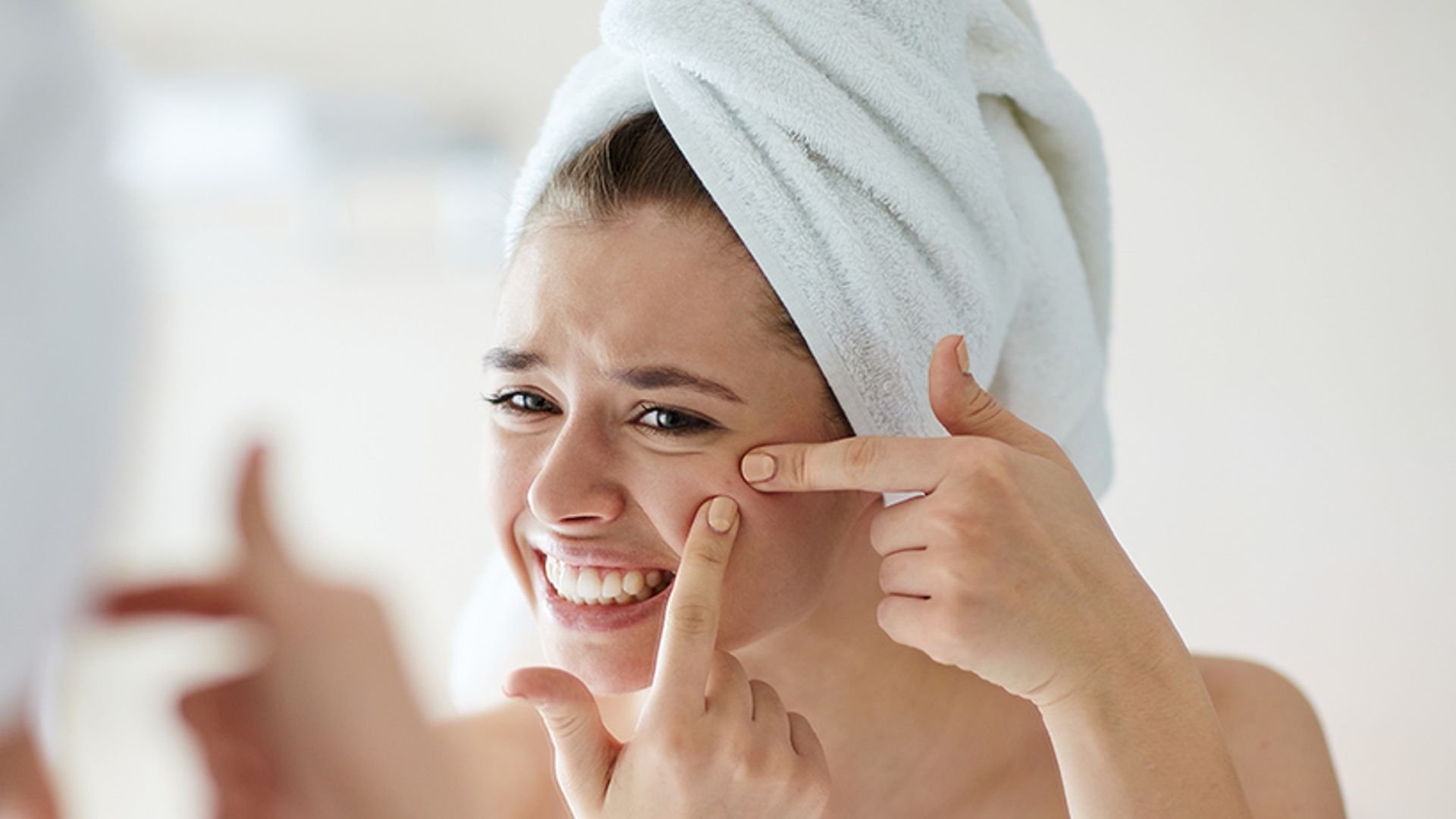
Acne Spots: 7 Skin-Lightening Products To Help Fade Dark Spots, Brighten Complexion
Here are the 7 top skin-lightening products to fade acne scars:
Kojic Acid: Kojic acid is a natural acid, based from mushrooms, that is primarily used for lightening skin pigmentation. It is an effective, safer alternative for skin brightening for those with more sensitive skin. It even helps fade deeper discoloration in the skin, such as melasma. Although kojic acid is great for lightening dark spots/acne spots, due to its ability to inhibit tyrosinase, it works even better when used in tandem with other skin lightening products such as glycolic acid.
Glycolic Acid: Glycolic acid, in a peel or topical solution, is effective in brightening skin. It is part of the group of AHA's (alpha hydroxy acids). It has the smallest molecules in the group so is able to penetrate skin easily and deeply, making it very effective at unbinding old dead skin cells and speeding skin cell turnover rate to bring out damaged older skin cells and have them slough off, leaving fewer discolored damaged skin cells. It exfoliates the surface layer, making skin look more even toned by promoting healthy skin to replace the dead/damaged skin cells. This process fades acne scars and leaves skin looking more healthy, smoother and more radiant.
Hydroquinone: Hydroquinone is a strong topical solution that really aids in fading discoloration and acne scars. It is a chemical-based ingredient that works on tyrosinase to inhibit the production of melanin in the skin. It switches off melanocyte melanin production which is what causes the skin to leave darker pigment after blemishes have gone.
Azelaic Acid: Azelaic Acid is natural skin-lightening agent found in grains like wheat, rye, and barely. It's a skin brightener that with regular use effectively fades away acne scars. It treats bacterial-related acne by killing the acne bacteria in pores while simultaneously reducing inflammation; it also suppresses the growth of abnormal melanocytes that cause hyper pigmentation.
Licorice Root Extract: Licorice Root Extract is an ingredient that has been used in traditional skin care for a very long time, and has a scientifically-proven ability to inhibit tyrosinase. It’s a great and gentle way to lighten (PIH) Post Inflammatory Hyper Pigmentation from acne scars and to brighten your overall skin tone.
Vitamin C: Vitamin C works wonders at tackling changes in the skin that result from sun exposure. The vitamin acts as a melanin interrupter as opposed to an ingredient that’s toxic to the melanocyte. It works as a tyrosinase inhibitor and counteracts pigment production.
Retinols and retinoids: Prescription-strength retinoids and over-the-counter retinols encourage skin cell turnover, bringing new, evenly pigmented cells to the surface while exfoliating away discolored skin. Depending on the strength, retinoids are effective because they, too, affect tyrosinase and inhibit over production of melanin — leaving a brighter, smoother and more clear complexion.
Comentarios